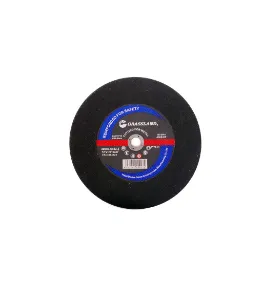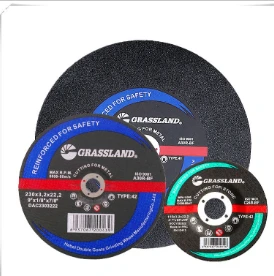

Furthermore, the heat generated from improper cutting can cause steel to lose structural integrity, potentially compromising the material's performance in its intended application. This excessive heat also affects the disc, often leading to binding, overloading the angle grinder, or causing an unexpected shutdown. Alternatives and Best Practices For cutting steel safely and effectively, professionals recommend using tools specifically designed for metal. A cutoff wheel for metal or an angle grinder equipped with abrasive wheels suitable for steel are reliable choices. These discs are engineered with hard abrasive materials and a bonding system catered to withstand the friction and thermal stress induced by metal cutting. In addition to suitable tools, ensure adherence to safety gear appropriate gloves, eye protection, and hearing protection are paramount when operating cutting machinery. Furthermore, confirming that the workspace is free from flammable materials prevents potential fires caused by the inevitable sparks that arise during cutting. Conclusion and Professional Recommendation Concluding that you should avoid using masonry discs for cutting steel is based on a foundation of expertise and an understanding of material interactions. Although it might appear convenient to use a masonry disc in a pinch, the plethora of risks it poses both to the material and operator's safety makes it imprudent. Investing in the right equipment designed for the task at hand is paramount; it ensures not only the success of the cut but also the longevity of the tool and the well-being of the user. Following these expert recommendations aligns with best practices in professional circles, ensuring you maintain standards of quality and safety in your projects.
Post time:Feb - 15 - 2025

















